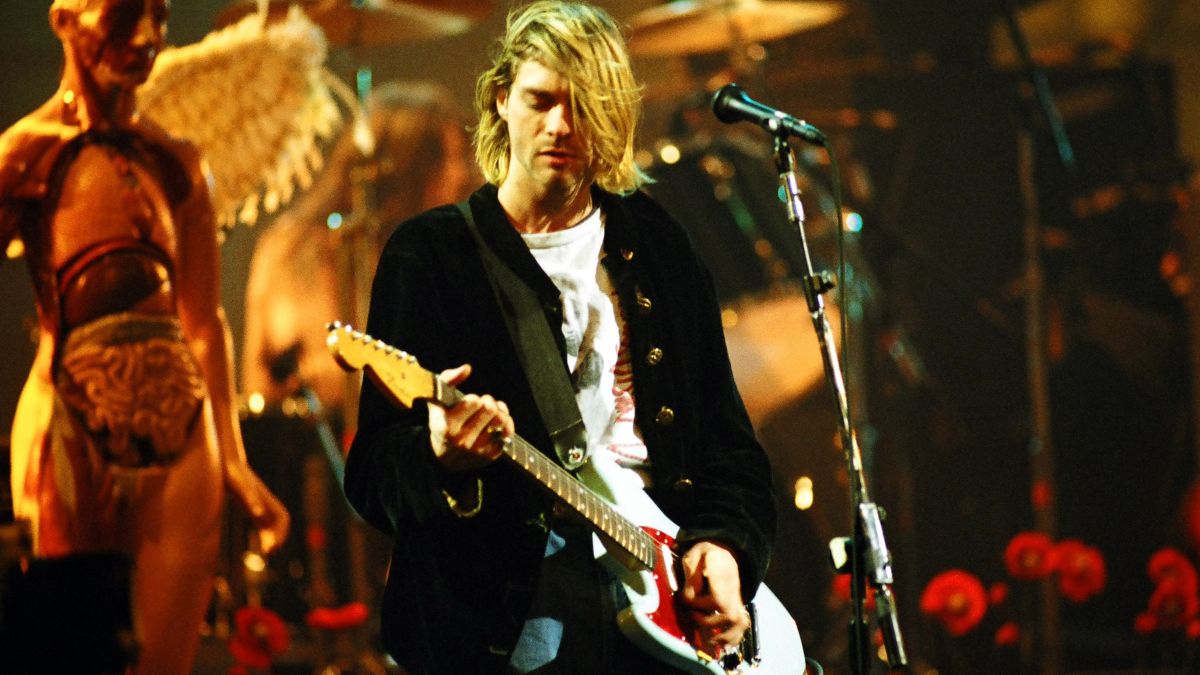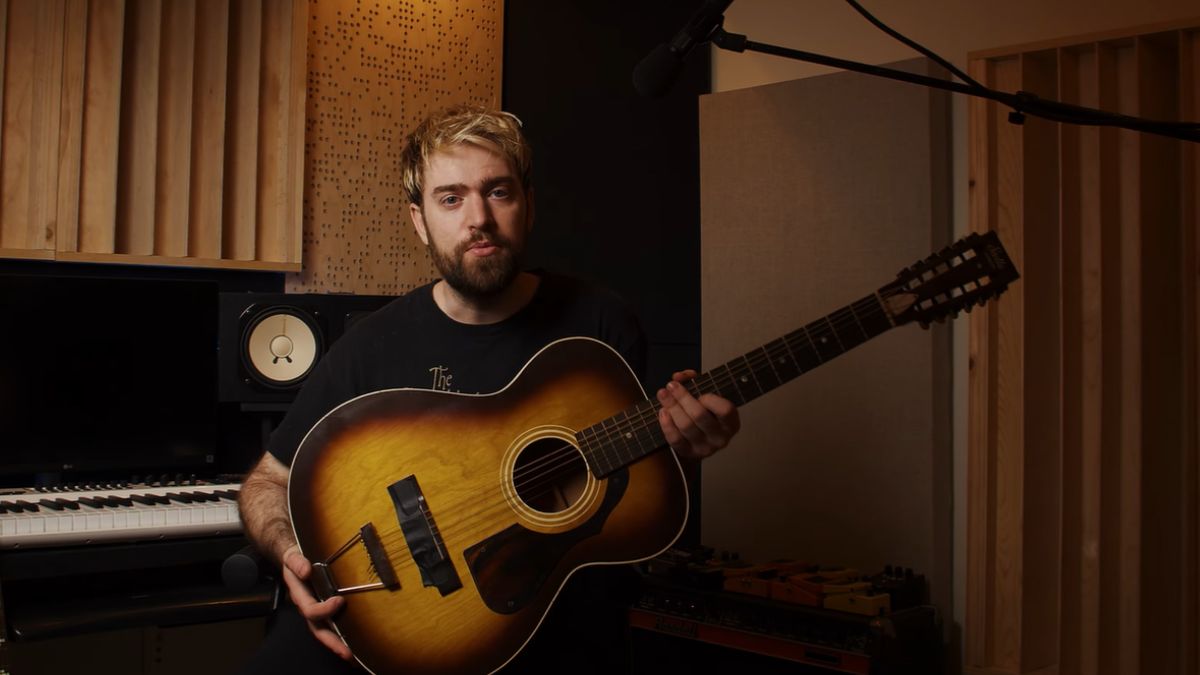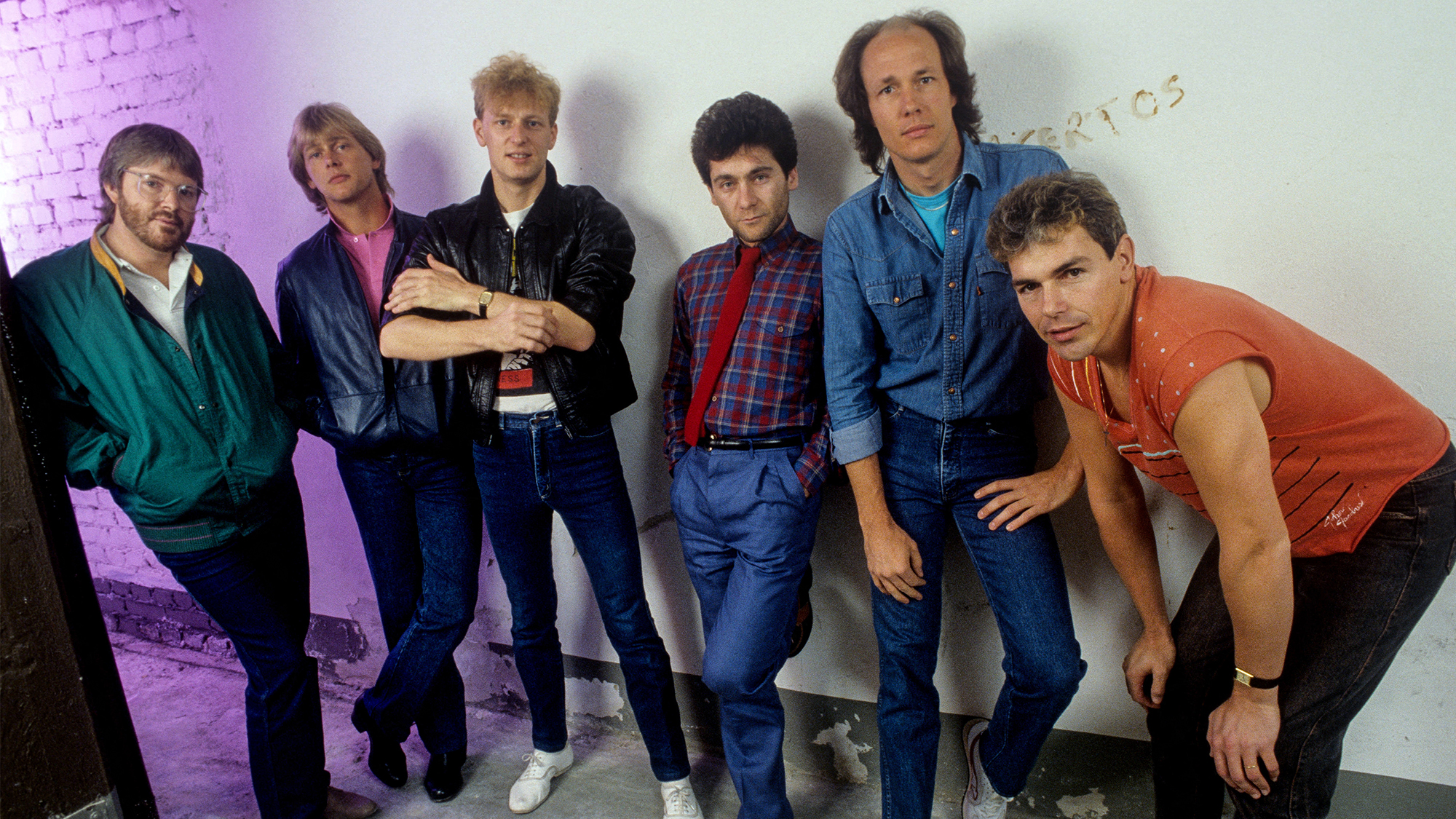“I thought I would I just play a Fender Mustang and have that sound. It drove me crazy.” The key to Kurt Cobain's 'In Utero' guitar tone has been discovered after one tone hunter's years-long search
The exact make, model and specs of the guitar that produced the album’s “mean stuff” eluded Aaron Rash until he took a chance on an oddball axe

Aaron Rash's tireless Nirvana obsession has seen him pour over every facet of the band's 1993 album, In Utero.
After years of searching, he's now found his Holy Grail: the exact make and model of electric guitar Kurt Cobain used to track the album's dirty guitar tones.
For years, the guitarist has been running down rabbit holes in a bid to uncover every secret about the grunge icon's third and final album. He has worked closely with producer Steve Albini to ensure his re-creations are unflinchingly accurate.
Rash's tone-searching efforts have always been exhaustive, as his comments on the release of his In Utero impulse response pack revealed last summer.
“I have bought and sold probably seven different [Fender] Quad Reverbs to find the perfect-sounding one, because — news flash — they don’t all sound the same, even with the same speakers,” he had said of his painstaking process. “They really vary all over the place. The amount of money that I’ve spent has got to be astronomical.”
Knowing the exact guitar Cobain used for the record represents the last piece in the puzzle. But getting there was no easy task, and the expected answer — "a Fender Mustang" — proved incorrect.
“I figured out the mystery,” he exclaims in his latest YouTube video documenting the saga. Ever since I started playing guitar a little bit over three years ago, I've had a million Mustangs on my YouTube channel. And it's because I wanted to learn how to get this really specific tone from In Utero."
All the latest guitar news, interviews, lessons, reviews, deals and more, direct to your inbox!
But the newbie guitar player would soon learn the nuance of tone.
“In the beginning, I thought it would be so easy, I just play a Mustang and, boom! — I would have that sound,” he admits. “I started playing all these guitars. I ended up collecting them all, trying tirelessly to get this tone of In Utero.”
Thus began his quest to reverse engineer the album’s gritty-souding guitar parts — what he calls Cobain's "mean" tones — and the cleans, too.
“It’s never been about copying Kurt or his tones,” he adds. “I’ve just always wanted to figure out what it was, 'cause it drove me crazy.”

His search even saw him building guitars that closely replicated Cobain's own Mustang, as he followed the breadcrumbs of information online.
Then he discovered a post from Albini in a Reddit forum that confirmed the guitars used on the album: a Mustang, a Jaguar, Cobain's Jagstang hybrid, a “pawnshop” Univox Hi-Flier and Albini’s own aluminum Veleno guitar, heard on “Very Ape,” “Heart-Shaped Box,” and “Rape Me.”
Befriending Cobain's guitar tech, Earnie Bailey, also revealed a golden piece of information: the rare 1974 Fender Quad Reverb used for the album's lean tones was an outlier from the pack, as it was built with Utah speakers.
But Rash’s biggest breakthrough came when he pivoted his attention away from the Mustang to the Univox Hi-Flier.
“I knew that Kurt didn’t use the Mustang to record In Utero, at least not all the 'mean' stuff with it,” he tells MusicRadar. “[Albini] said that Kurt mainly used a Hi-Flier to record — that and the Veleno.
“I also have a different email that he wrote me as well. He said, ‘I only remember seeing one Hi-Flier. It had the original pickups with the nickel chrome surrounding. It’s possible there were others, but it was mostly that guitar, his Mustang, and the Veleno from memory.’”
Bailey had suggested that the mysterious guitar might have been a Phase III model, which proved a fruitless and expensive detour.
Then a Phase II model with a mahogany fretboard appeared for sale online. He bought it and while waiting for the shipment to arrive found images of Cobain playing a Phase II Hi-Flier with a mahogany fretboard at New York City's Roseland Ballroom.

When it arrived, he played it. It was the sound he'd hoped to hear.
“Literally all the stars aligned,” Rash says with a smile. “I know to you guys this sounds stupid, but I’ve been trying to figure this out for so long. So I think you guys know what this means.”
The guitar, like Cobain's, had stock pickups, which proved a quintessential chapter in Rash's story.
Rash suggests he'll serve up another video to tell more about Phase II Hi-Flier pickups.
“Simply put, those Phase II pickups are absolutely wild,” he says. “They’re so weird.”
And in case you were wondering — he's already dissected them to find out what makes them so special.
A freelance writer with a penchant for music that gets weird, Phil is a regular contributor to Prog, Guitar World, and Total Guitar magazines and is especially keen on shining a light on unknown artists. Outside of the journalism realm, you can find him writing angular riffs in progressive metal band, Prognosis, in which he slings an 8-string Strandberg Boden Original, churning that low string through a variety of tunings. He's also a published author and is currently penning his debut novel which chucks fantasy, mythology and humanity into a great big melting pot.



